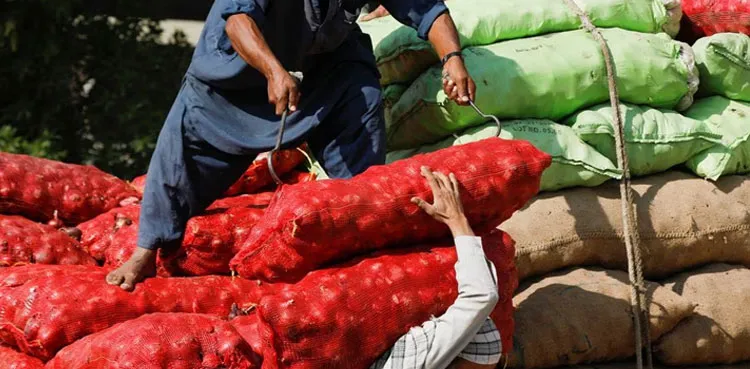Lower food prices – The World Bank Food Price Index declined in April after falling 4 percent in the first quarter of 2024 (q/q). Wheat and corn prices hit three-year lows during the first four months of 2024, mainly attributed to higher production by major exporters and favorable prospects for the next harvest.
Rice prices, which made significant gains in the fourth quarter of 2023 and early 2024, have also retreated since February, reflecting major exporters’ currency depreciation against the US dollar, sluggish demand amid rising prices, and seasonal increases in supply. Similarly, the oil and meal price index decreased by 5 percent in the first quarter of 2024 (q/q), mainly in response to near-record soybean production in Brazil, a near-doubling of production in Argentina, and moderate demand from China.
Global cereal supplies reached 4.1 billion tonnes in the 2023-24 agricultural season (up 1.2 percent from the previous season) and are expected to rise a further 0.4 percent in 2024-25, according to the May update from the United States Department of Agriculture.
In the 2023-24 agricultural season, global corn supply reached an all-time high, primarily reflecting production increases in the United States and Argentina of 12 percent and 47 percent (year-on-year), respectively. Wheat and rice supplies in the 2023-24 season are estimated to be the second and third highest on record, respectively. Global supplies in crop year 2024-25 are projected to be lower for wheat and higher for corn and rice compared to 2023-24.Lower food prices

The World Bank’s food price index is expected to decline by 6 percent in 2024 and an additional 4 percent in 2025. However, the outlook is subject to several risks, including weather. geopolitics (which could affect input prices such as energy and fertilizers), and potential maritime chokepoints.Lower food prices
The stock-to-use (S/U) ratio, a rough indicator of supply relative to projected demand, is expected to continue its downward trend that began four years ago. It currently stands at 26.9 percent, up from 30.2 percent in 2019, but much higher than its all-time low of 17.3 percent in 2007. For the upcoming 2024-25 season, the S/U ratio for wheat records a marginal decline (mainly (reflecting lower stocks in Russia and the EU), while the ratio for corn and rice remains stable.Lower food prices
